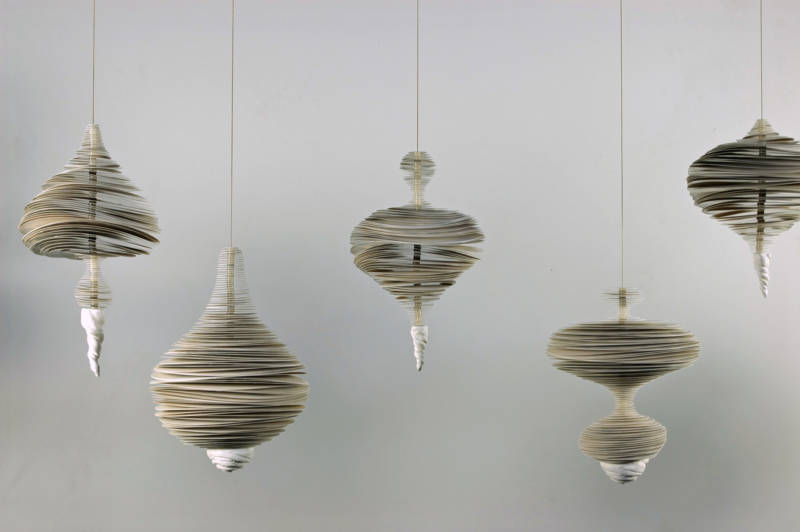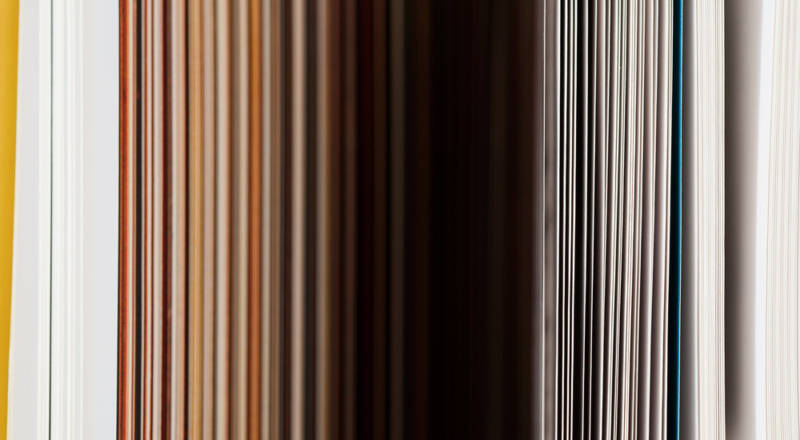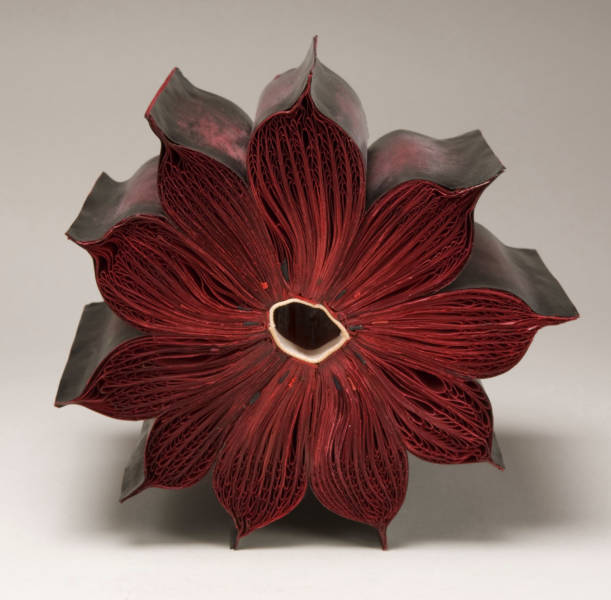Starting June 5, San Jose’s Institute of Contemporary Art showcases three different exhibitions exploring paper as art, in all its forms: bent, broken, cut, glued, sewn, painted, photographed, manufactured and quite often used as a construction material.
There are three exhibitions in three different gallery spaces at the institute, each with its own focus.
Mary Ellen Bartley (see above) is the only artist to get an exhibition all to herself. A photographer, Bartley snaps books standing on their ends with their pages separated, essentially creating abstract and dreamy compositions. Bartley was inspired by a 2008 Met retrospective on Giorgio Morandi, the Italian painter and printmaker known for the tonal subtlety of his still lifes.
The 19 artists featured in Next New Paper use paper as their medium. The 28 artists in This is Not a Book: Chapter Two alter books to create something else entirely. All three exhibitions “complement each other so beautifully,” says Cathy Kimball, ICA’s Executive Director and Chief Curator. “They all speak to each other, but they’re very distinct.”

The art is drawn from all over the world, but one of the most charming sculptures in Next New Paper comes from Jann Nunn of Oakland. She teaches sculpture at Sonoma State University and a librarian there clued her in to a stash of archival microprint paper (similar to microfiche) otherwise headed for a landfill.



